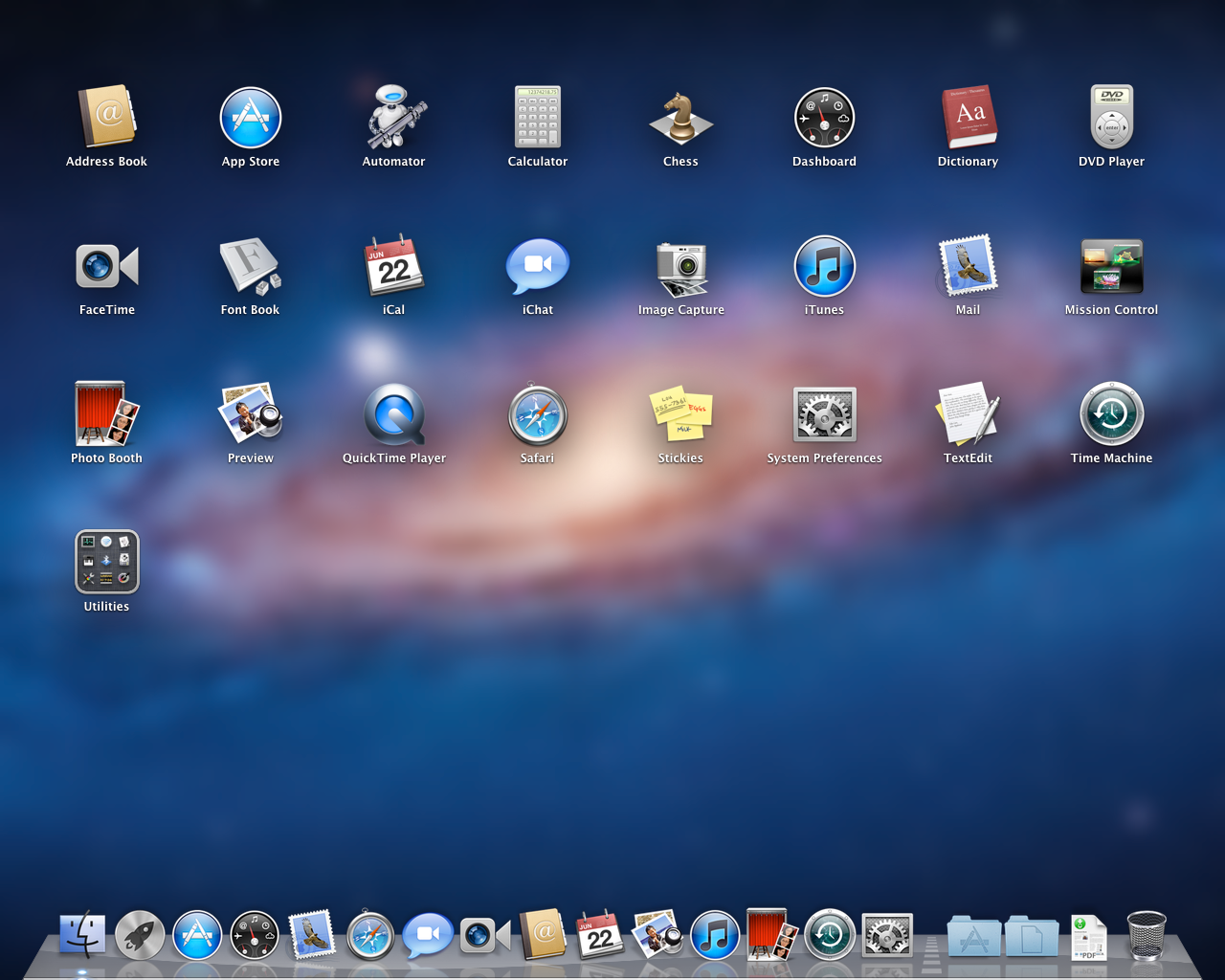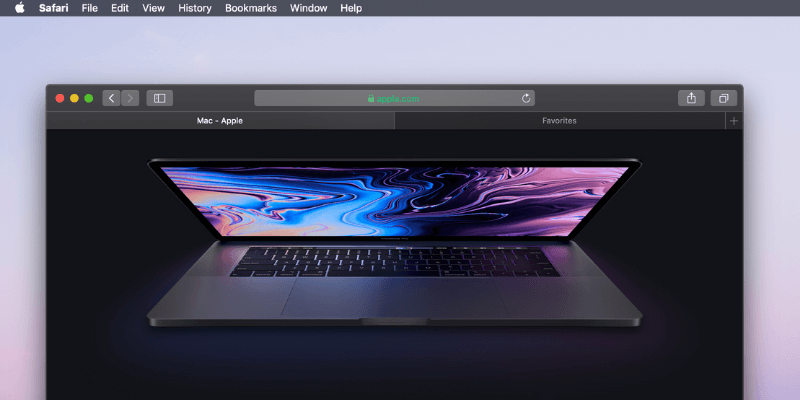- Apple has made its latest Mac operating system, OS X Mavericks, available to download free from the Mac App Store. The announcement was made alongside a number of product launches.
- Good try but no joy. I've used Safe Boot - (Shift key), the Apple Hardware Test - (D key), Reloaded the system, (Command key and the R key), Reset the NVRAM, (The Option, Command, P and the R key keys - hitting all 4 keys at the same time just after the boot ring takes a lot of planning!) and finished off with the Verbose mode (Command V).
You can always count on Apple to develop highly reliable software and hardware. One of the ways they exhibit this is by rolling out new macOS updates and versions from time to time. Updating and upgrading your macOS is one surefire way to continue enjoying the many benefits and features exclusive to Macs.
While macOS is a very robust operating system, sometimes there can be hiccups when performing system updates. In my case, the progress bar stopped and stayed that way for a few hours. If you are experiencing a frozen Mac when updating the system, here are a few ways to save your data, attack the problem, and solve the issue.
However, with every update comes to a few rough patches here and there. One of the most common issues reported by users in relation to macOS updates is that Mac freezes during the update itself. This can be a real bummer, especially if you are not used to Macs freezing. You might find yourself panicking, wondering what went wrong — is your Mac broken for good?
Fortunately, for every Mac problem, there are several Mac solutions. In this article, we'll share with you tested and proven tricks and fixes to help you solve the frozen macOS update problem.
The Download Of The Latest Mac Os-x Froze My Macbook Pro 2017
First Things First – The Importance of Backing Up Data
Apple has made sure that backing up data is as easy as it could be so you won't think twice about doing it. This is what Time Machine is for. It's necessary that you back up all sensitive and important data and files before performing any major and serious system update or upgrade. Although the chances of losing them are close to none, since Macs are reliable that way, better safe than sorry is a mantra that needs to be followed at all times.
But, assuming your Mac froze during an update — which is probably why you're reading this right now — and you didn't backup data before proceeding with an update, don't worry. Chances are your data and files are still intact. Just remember to prioritize backing up next time.
Another important note, when updating your macOS, see to it that you have at least 30GB free hard drive space to reduce the possibility of problems during the update process. Now, let's get on with the solutions.
1. Wait It Out
There's a reason why it's recommended that your Mac's battery is full and is plugged into a power source when updating — the update could take hours. Sometimes, the update could seem stuck but really isn't. There's a way to check if your system is still updating: press Command + L. This should show the estimated installation completion time. But, if it doesn't appear, it's still recommended to wait a bit longer. Take note that some updates take 10 hours or more, particularly if you're moving to an entirely new macOS like the latest High Sierra.
2. Refresh The Update Installation
The Download Of The Latest Mac Os-x Froze My Macbook Pro 2020
If your gut tells you that an update froze, try refreshing the installation. Here are the steps: Fl studio 12.5 mac alpha download.
- Press and hold down the power button for about 30 seconds.
- When you're sure that your Mac completely shut down, press and hold the power button again. The update should resume in a while.
- Press Command + L to verify if the macOS update is working.
If this doesn't solve the problem, proceed to the next solution. Download latest osx for macbook pro.
3. Reset Your NVRAM Or PRAM


NVRAM, or non-volatile RAM, is a type of random-access memory that keeps stored information even when the Mac is turned off. Older Macs have PRAM (parameter RAM). Their primary purpose is to store certain settings in a small portion of the RAM that the Mac can access quickly. Resetting them will also reset the stored information that may have been corrupted or are conflicting with each other, affecting the update.
To reset NVRAM or PRAM, follow these steps:
- Press and hold down the power button until it completely shuts down. Make sure that the hard disks and fans are no longer spinning, and the screen is turned off.
- Press the power button again, then press and hold down Command + Option + P + R all at the same time.
- When you hear the second startup sound, release the keys altogether.
Your Mac's NVRAM or PRAM should have been reset by now and if there are no other problems, the macOS update will resume. If you are still in no luck? Try the next solution.
4. Repeat The Update In Recovery Mode
If all of the above solutions didn't work, you can start over but with your Mac in recovery mode. Follow these steps:
- Turn off the Mac by pressing and holding down the power button.
- Next, turn it back on. When you hear the first startup sound, immediately press Command + R to enter recovery mode.
- In recovery mode, click the Wi-Fi symbol at the top right of the menu to connect to the Internet.
- Now, download the macOS update again. Install it. Choose 'Reinstall OS X' or 'Reinstall MacOS' when asked. Follow the on-screen instructions.
A Friendly Reminder

More often than not, macOS update problems are caused by underlying problems in your system like insufficient disk space, broken permissions, and redundant cache files that slow down your Mac. To avoid errors such as freezing macOS update in the future, install Tweakbit MacRepair. This handy tool is designed to scan your Mac for potential problems and get rid of them, so they won't get the chance to affect your Mac's performance.
We hope that the Mac solutions listed above help you updating your macOS. If you're still having problems, do not hesitate to contact Apple Support for additional professional advice.
See more information about Outbyte and uninstall instructions. Please review EULA and Privacy Policy.
Use Software Update
- Choose System Preferences from the Apple menu , then click Software Update to check for updates.
- If any updates are available, click the Update Now button to install them. Or click 'More info' to see details about each update and select specific updates to install. You might be asked to enter your administrator password.
- When Software Update says that your Mac is up to date, the installed version of macOS and all of its apps are also up to date. That includes Safari, Music, Photos, Books, Messages, Mail, Calendar, and FaceTime.
- To automatically install future updates, including for apps that you got from the App Store, select 'Automatically keep my Mac up to date.' Your Mac will notify you when updates require it to restart, so you can always choose to install those later.
Update the software on your iPhone, iPad, or iPod touch
Learn how to update your iPhone, iPad, or iPod touch to the latest version of iOS or iPadOS.
Learn more

NVRAM, or non-volatile RAM, is a type of random-access memory that keeps stored information even when the Mac is turned off. Older Macs have PRAM (parameter RAM). Their primary purpose is to store certain settings in a small portion of the RAM that the Mac can access quickly. Resetting them will also reset the stored information that may have been corrupted or are conflicting with each other, affecting the update.
To reset NVRAM or PRAM, follow these steps:
- Press and hold down the power button until it completely shuts down. Make sure that the hard disks and fans are no longer spinning, and the screen is turned off.
- Press the power button again, then press and hold down Command + Option + P + R all at the same time.
- When you hear the second startup sound, release the keys altogether.
Your Mac's NVRAM or PRAM should have been reset by now and if there are no other problems, the macOS update will resume. If you are still in no luck? Try the next solution.
4. Repeat The Update In Recovery Mode
If all of the above solutions didn't work, you can start over but with your Mac in recovery mode. Follow these steps:
- Turn off the Mac by pressing and holding down the power button.
- Next, turn it back on. When you hear the first startup sound, immediately press Command + R to enter recovery mode.
- In recovery mode, click the Wi-Fi symbol at the top right of the menu to connect to the Internet.
- Now, download the macOS update again. Install it. Choose 'Reinstall OS X' or 'Reinstall MacOS' when asked. Follow the on-screen instructions.
A Friendly Reminder
More often than not, macOS update problems are caused by underlying problems in your system like insufficient disk space, broken permissions, and redundant cache files that slow down your Mac. To avoid errors such as freezing macOS update in the future, install Tweakbit MacRepair. This handy tool is designed to scan your Mac for potential problems and get rid of them, so they won't get the chance to affect your Mac's performance.
We hope that the Mac solutions listed above help you updating your macOS. If you're still having problems, do not hesitate to contact Apple Support for additional professional advice.
See more information about Outbyte and uninstall instructions. Please review EULA and Privacy Policy.
Use Software Update
- Choose System Preferences from the Apple menu , then click Software Update to check for updates.
- If any updates are available, click the Update Now button to install them. Or click 'More info' to see details about each update and select specific updates to install. You might be asked to enter your administrator password.
- When Software Update says that your Mac is up to date, the installed version of macOS and all of its apps are also up to date. That includes Safari, Music, Photos, Books, Messages, Mail, Calendar, and FaceTime.
- To automatically install future updates, including for apps that you got from the App Store, select 'Automatically keep my Mac up to date.' Your Mac will notify you when updates require it to restart, so you can always choose to install those later.
Update the software on your iPhone, iPad, or iPod touch
Learn how to update your iPhone, iPad, or iPod touch to the latest version of iOS or iPadOS.
Learn more
The Download Of The Latest Mac Os-x Froze My Macbook Pro Model
- Learn how to get updates for earlier versions of macOS that don't include Software Update preferences.
- You can also use the App Store to update apps or redownload apps that came from the App Store.
- Learn which macOS your Mac is using and how to upgrade to the latest macOS.
- When your Mac is connected to a Personal Hotspot, large updates don't download automatically.
